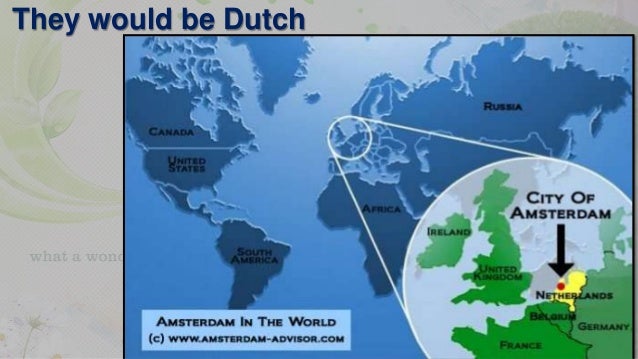Browse all issues of Progress in Human Geography. Access to society journal content varies across our titles. If you have access to a journal via a society or association membership, please browse to your society journal, select an article to view, and follow the instructions in this box. The book activities on this website are based on Glencoe's World Geography and Cultures textbook. Maps and Geographic Skills. Vocabulary List. Unit I Bellringers. Tools That Geographers Use Powerpoint I. Tools That Geographers Use Powerpoint II. 18 February: Taj Mahotsav: 20 February: World Day of Social Justice: 21 February: International Mother Language Day: 22 February: World Scout Day: 24 February: Central Excise Day: 27 February: World Sustainable Energy Day: 28 February: National Science Day.

Each month in the modern Gregorian calendar consists of at least 28 days. That number would be a nicely rounded 30 were it not for February. While every month besides the second in the calendar contains at least 30 days, February falls short with 28 (and 29 on a leap year). So why is the most widely used calendar in the world so inconsistent in the lengths of its months? And why is February stuck with the fewest number of days? Blame it on Roman superstition.
February 28th 2014alamo World Geography Day
The Gregorian calendar’s oldest ancestor, the first Roman calendar, had a glaring difference in structure from its later variants: it consisted of 10 months rather than 12. In order to fully sync the calendar with the lunar year, the Roman king Numa Pompilius added January and February to the original 10 months. The previous calendar had had 6 months of 30 days and 4 months of 31, for a total of 304 days. However, Numa wanted to avoid having even numbers in his calendar, as Roman superstition at the time held that even numbers were unlucky. He subtracted a day from each of the 30-day months to make them 29. The lunar year consists of 355 days (354.367 to be exact, but calling it 354 would have made the whole year unlucky!), which meant that he now had 56 days left to work with. In the end, at least 1 month out of the 12 needed to contain an even number of days. This is because of simple mathematical fact: the sum of any even amount (12 months) of odd numbers will always equal an even number—and he wanted the total to be odd. So Numa chose February, a month that would be host to Roman rituals honoring the dead, as the unlucky month to consist of 28 days.
February 28th 2014alamo World Geography Fair
Despite changes in the calendar as it was altered after Numa’s additions—alterations that include the shortening of February at certain intervals, the addition of a leap month, and eventually the modern leap day—February’s 28-day length has stuck.

